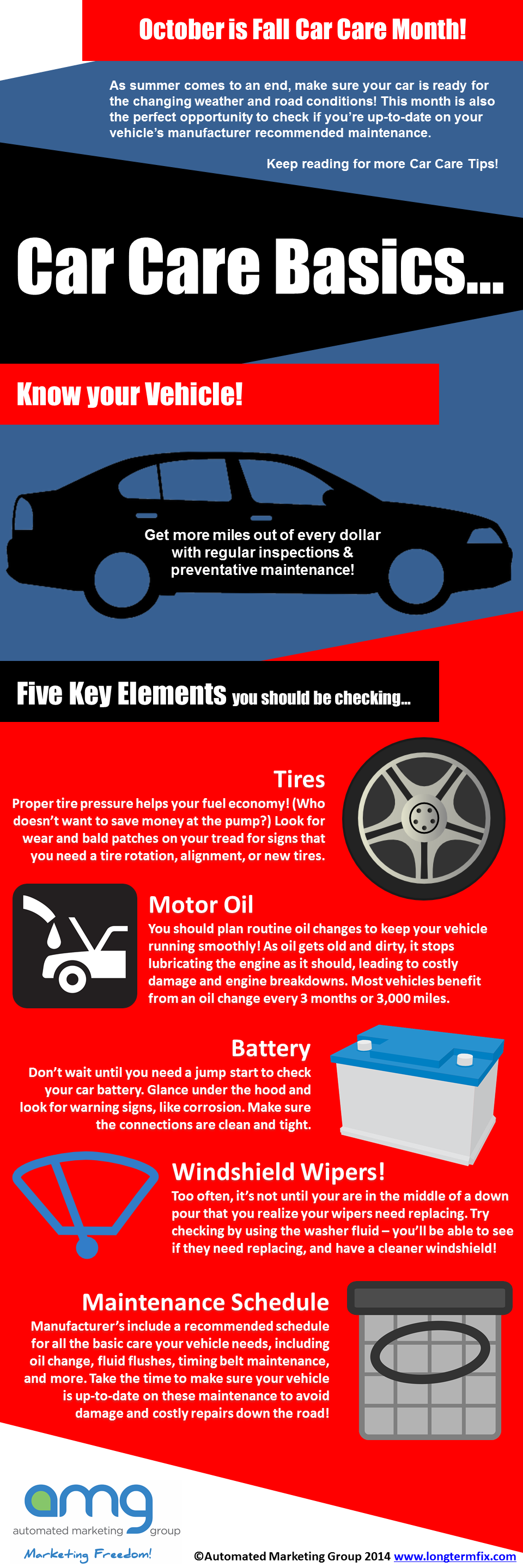Unwinding Truth Significance Behind Your Auto'S Warning Lighting
Unwinding Truth Significance Behind Your Auto'S Warning Lighting
Blog Article
Short Article By-Kane Dreier
When you're behind the wheel, those glowing caution lights on your control panel can be a bit perplexing. Do you recognize what they're trying to inform you about your automobile's health? Understanding the importance of these lights is crucial for your safety and the long life of your automobile. So, the next time one of those lights appears, wouldn't you wish to decipher its message accurately and take the necessary steps to address it?
Common Caution Lights and Interpretations
Recognize common caution lights in your cars and truck and recognize their meanings to make certain risk-free driving.
The most common caution lights include the check engine light, which indicates concerns with the engine or discharges system. If this light begins, it's crucial to have your car examined promptly.
The oil pressure advising light shows reduced oil pressure, requiring prompt interest to prevent engine damages.
A flashing battery light could suggest a malfunctioning charging system, possibly leaving you stranded if not dealt with.
The tire pressure surveillance system (TPMS) light informs you to reduced tire stress, impacting lorry stability and fuel efficiency. Neglecting this can lead to harmful driving problems.
The ABS light suggests a problem with the anti-lock braking system, endangering your capacity to quit quickly in emergencies.
Last but not least, the coolant temperature alerting light warns of engine getting too hot, which can lead to severe damages otherwise resolved swiftly.
Understanding these usual warning lights will certainly aid you address problems without delay and preserve safe driving conditions.
Importance of Prompt Interest
Comprehending the common warning lights in your auto is just the initial step; the importance of promptly addressing these warnings can't be emphasized sufficient to ensure your safety and security on the road.
When a caution light brightens on your dashboard, it's your cars and truck's means of interacting a potential issue that needs interest. Overlooking these cautions can result in a lot more severe troubles in the future, jeopardizing your safety and potentially costing you much more in repairs.
Trigger attention to warning lights can protect against failures and mishaps. For example, a flashing check engine light could indicate a misfire that, if left neglected, might trigger damages to the catalytic converter. Resolving https://pamplinmedia.com/wh/501607-401964-repairsmith-expands-mobile-auto-repair-services-to-portland-pwoff can conserve you from an expensive fixing.
In a similar way, a brake system alerting light could indicate low brake liquid or worn brake pads, crucial elements for your safety and security when driving.
Do It Yourself Troubleshooting Tips
If you observe a warning light on your dashboard, there are a couple of DIY fixing ideas you can try before looking for specialist assistance.
The initial step is to consult your cars and truck's handbook to recognize what the specific caution light indicates. In some cases the issue can be as easy as a loosened gas cap causing the check engine light. Tightening up the gas cap may resolve the problem.
Another common issue is a low battery, which can set off various advising lights. Examining the battery links for deterioration and guaranteeing they're safe and secure might fix the problem.
If https://the-division-scheduled-ma95172.ziblogs.com/31187511/discover-the-top-10-pointers-that-will-certainly-help-you-in-making-an-educated-choice-when-looking-for-the-finest-vehicle-repair-shop-in-your-vicinity persists, you can try resetting it by disconnecting the auto's battery for a few minutes and then reconnecting it. Furthermore, inspecting your lorry's fluid levels, such as oil, coolant, and brake fluid, can help troubleshoot alerting lights associated with these systems.
Conclusion
Finally, comprehending your cars and truck's caution lights is vital for keeping your automobile running efficiently and securely. By quickly resolving these alerts and knowing what they imply, you can prevent expensive fixings and potential failures.
Bear in mind to consult your automobile's handbook for particular details on each alerting light and act as necessary to guarantee a trouble-free driving experience.
Remain informed, stay risk-free on the road!
